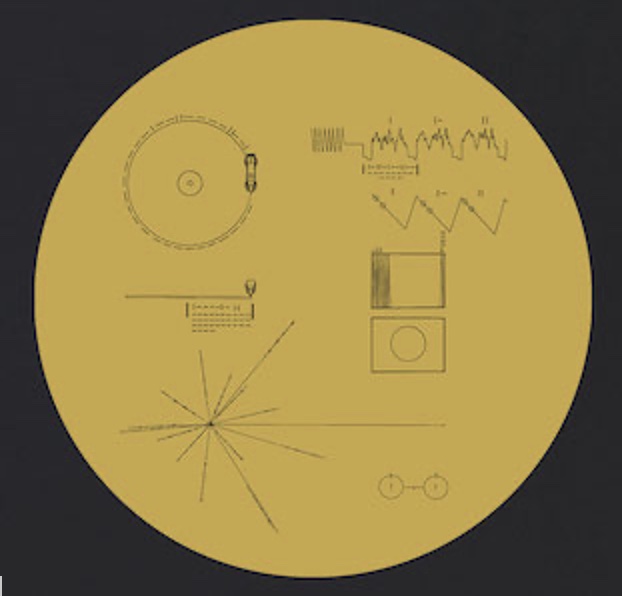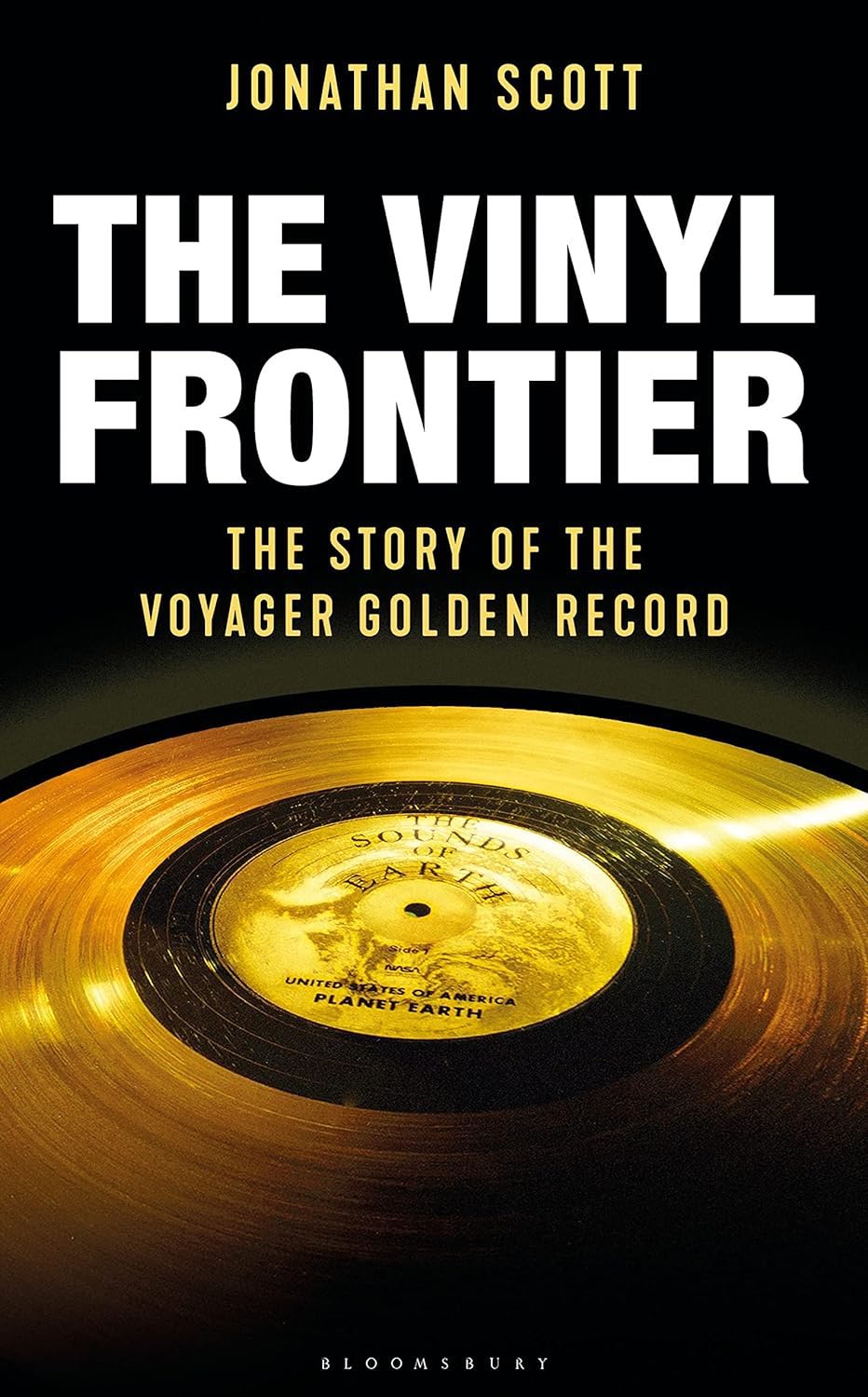John Marks’ Bookshelf for Lovers of Recordings #12
A DOZEN BOOKS REVIEWED, ONE A WEEK FOR THE NEXT TWELVE
Here are notes on a selection from my favorite books on the history of recording technology, the history of the record business, and the interactions between recording technology, the record business, and the art of music. One example of what I mean by all that is, in the late 1920s, piezoelectric “crystal” microphones supplanted carbon microphones for radio broadcasting.
Crystal microphones had a better signal-to-noise ratio than carbon microphones. Therefore, the live singers on radio could sing more quietly and intimately. They no longer had to shout to be heard. However, the quartz, mica, or other crystal elements were also more fragile than had been the carbon microphones. So, “shouters” like Al Jolson were out; and “crooners” like Rudy Vallee were in. (Trivia bit: Rudy Vallee graduated from Yale, with a degree in Philosophy.)
This list will be presented as a series of weekly installments. Rather than attempt to rank such diverse books from “Best” to “Somewhat Less Best,” this list is organized both chronologically and categorically. JM
The Bookshelf:
1. The Fabulous Phonograph, 1877-1977
2. The Label: The Story of Columbia Records
3. Do Not Sell at Any Price
4. The B Side: The Death of Tin Pan Alley and the Rebirth of the Great American Song
5. Something in the Air: Radio, Rock, and the Revolution That Shaped a Generation
6. Flowers in the Dustbin: The Rise of Rock and Roll, 1947-1977
7. Temples of Sound: Inside the Great Recording Studios
8. Making Rumours: The Inside Story of the Classic Fleetwood Mac Album
9. Backstory in Blue: Ellington at Newport ‘56
10. Goodnight, L.A.: The Rise and Fall of Classic Rock -- The Untold Story from inside the Legendary Recording Studios
11. A Love Supreme: The Story of John Coltrane’s Signature Album
12. The Vinyl Frontier: The Story of NASA s Interstellar Mixtape
The Vinyl Frontier: The Story of NASA’s Interstellar Mixtape
by Jonathan Scott
London: Bloomsbury Sigma, 2019. Hardcover, 288 pp. ISBN: 1472956133.
Almost on a whim, more than 40 years ago, a bunch of scientists decided that, seeing as we were launching two robotic probe vehicles which, once they left our solar system, would drift in space for about 40,000 years before getting close to another planetary system, we might as well send along a couple of phonograph records containing, among other things, a wide variety of pieces of music from Earth.
The amazing things about that are legion; but the two that stick out farthest for me are that (1) the aforementioned scientists actually convinced otherwise sane and sober government bureaucrats to go for it; and (2) the aforementioned scientists were able, in a rather short time frame, to kludge together bits and pieces that, in theory at least, 40,000+ years from now, might enable The Good Lord Knows Who? to play the aforementioned phonograph records.
Obviously, bundling up for such long-distance shipment a state-of-the-art-for-1977 record turntable, tone arm, cartridge, amplifier, and speakers or headphones was out of the question. The NASA scientists attempted to finesse that difficulty by sending along, with the Golden Records, a phonograph cartridge (I hope they included a really small screwdriver, as well). They also provided pictorial guidance on how the spin the records, in the graphics on the records’ protective cases (the upper two images in the left column):
 As you might be able to discern from the sophomoric pun in the title, Jonathan Scott is a geeky young author. My real problem with the allusion to the Star Trek Original Television Series Introductory Speech (“Space: The final frontier. These are the voyages of the starship Enterprise,” etc.), is that while substituting “Vinyl” for “Final” is catchy, the fact of the matter is that the “Golden Records” attached to the Voyager space probes were gold-plated copper discs, not vinyl. (Ozma Records has reissued the Golden Records… on vinyl)
As you might be able to discern from the sophomoric pun in the title, Jonathan Scott is a geeky young author. My real problem with the allusion to the Star Trek Original Television Series Introductory Speech (“Space: The final frontier. These are the voyages of the starship Enterprise,” etc.), is that while substituting “Vinyl” for “Final” is catchy, the fact of the matter is that the “Golden Records” attached to the Voyager space probes were gold-plated copper discs, not vinyl. (Ozma Records has reissued the Golden Records… on vinyl)
Furthermore, the Golden Records were not cut as one would expect, that is, at 33 + 1/3d rpm. Because the Golden Records included analog-encoded visual images in rather large files, the Golden Records were cut at half-speed, that is, 16 + 2/3rds rpm, to be able to cram more data in.
My only other small quibbles about this otherwise informative and entertaining book are that Scott does talk about himself a little more than I would have preferred. Also, this book was not re-edited for North American audiences, so, Scott’s informal way of writing leads to the use of British vernacular or slang terms that might leave some Yanks scratching their heads.
In addition to the aforementioned visual images, the Golden Records contain audio greetings from lowlifes such as Kurt Waldheim, and, of course, Music from Earth. My personal opinion on the Golden Record project is that while it is easy to second-guess, I think the Golden Record was an amazing achievement (especially for a government program during the Cold War). As a Steinway fan, I just love the fact that Glenn Gould’s Well-Tempered Clavier Prelude is floating through interstellar space.
 If there was a “political” agenda, it was diversity and inclusiveness, and not just picking music beloved of the residents of the country that was paying for the voyage. Indeed, the book that accompanies the Ozma deluxe LP boxed set relates the anecdote that some politician criticized the lack of Irish music on the Golden Records: Didn’t anyone at NASA realize that the Speaker of the US House of Representatives was “Tip” O’Neill, and that Representative O’Neill was Irish? Yecch.
If there was a “political” agenda, it was diversity and inclusiveness, and not just picking music beloved of the residents of the country that was paying for the voyage. Indeed, the book that accompanies the Ozma deluxe LP boxed set relates the anecdote that some politician criticized the lack of Irish music on the Golden Records: Didn’t anyone at NASA realize that the Speaker of the US House of Representatives was “Tip” O’Neill, and that Representative O’Neill was Irish? Yecch.
I also say, Praise and Honors to the Choosers of the Music (regardless how it came about—accounts differ), for “No Elvis” and “No Beatles” on the Golden Records.
Regrets, I do have a few. I think that some rendition of W.C. Handy’s “Saint Louis Blues” should have been included, as well as the Ella Fitzgerald “I Loves You Porgy” (from Porgy & Bess.) I think that the sad ballad “Kathleen Mavourneen,” which by the way, is not a folk song, but rather a composed piece of music (and composed by a Britisher, no less), should have been included, for its currency during the American Civil War.
There are other Golden Records books (including Carl Sagan’s) out there, but I like Scott’s fresh perspective, and he has done a monster job of researching. Highly recommended.










































.png)








